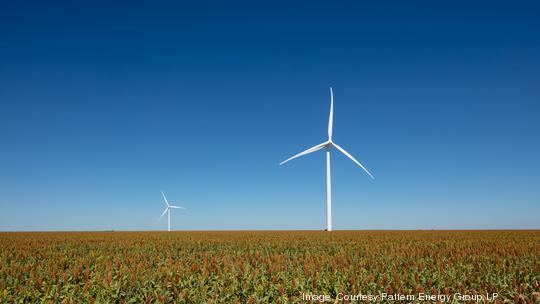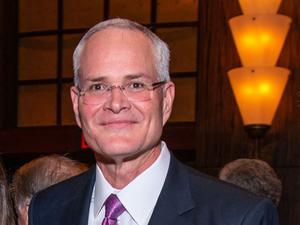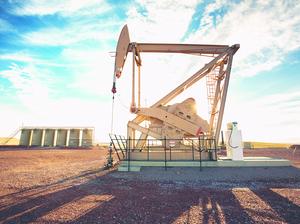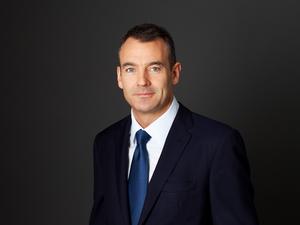
Many companies, municipalities and nations have adopted goals to reach net-zero emissions in the not-too-distant future. But a major question remains: Do we have the technologies to meet these ambitious goals?
There are technical solutions to reaching net-zero emissions goals, said David Eyton, executive vice president of innovation and engineering for BP PLC (NYSE: BP). Eyton was speaking during a panel at the CERAWeek by IHS Markit 2021 conference on March 2. Certain sectors, like power and utilities, are further along than others, and adoption varies regionally across the world.
But high costs, scalability and storage remain challenges for the renewable energy industry in meeting net-zero emissions goals in just a few decades. The intermittency of renewable sources like wind and solar is a major hurdle, Eyton said. And certain "hard-to-abate sectors" — aviation and high-heat applications, for example — will continue to rely on hydrocarbons until more reliable fuel sources become available at scale. Further enhancement of carbon capture technologies will also aid in reaching net-zero goals in the future, he said.
"Basically, better energy storage, hydrogen as an energy vector, and carbon capture and storage could make a huge difference — if the cost of those things can come down," Eyton said.
Advances in carbon capture, utilization and storage (CCUS) and other technologies will continue to be developed, and high adoption costs should adjust over time. But there are ways that energy companies can move the needle on emissions goals today, said Ahmad Al-Khowaiter, chief technology officer for state-owned Saudi Arabian Oil Co., better known as Saudi Aramco.
The low-hanging fruit is reducing routine flaring of gas, which accounts for a significant proportion of all emissions from oil production, Al-Khowaiter said. Further optimization of oil and gas production using subsurface technology will also help reduce emissions.
"The world can gain a lot from better production practices and better use of [oil and gas]," Al-Khowaiter said.
The virtual CERAWeek by IHS Markit 2021 began March 1, featuring five days of programming from industry and government leaders centered around oil and gas, renewables, innovation, finance and other topics. IHS Markit canceled the 2020 CERAWeek conference entirely last year, just over a week before the event was scheduled to begin, due to the coronavirus pandemic.










